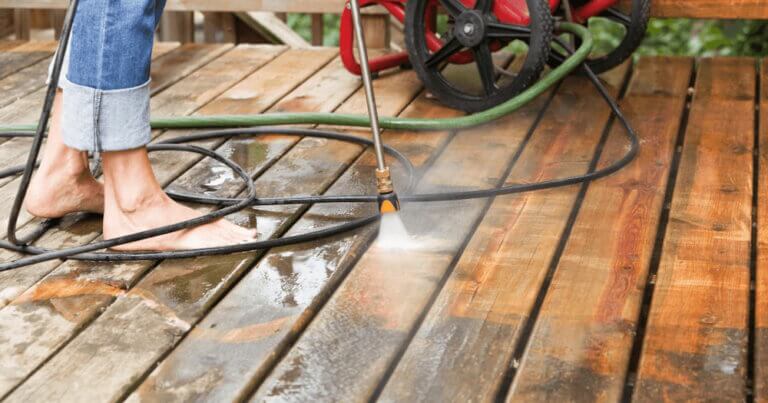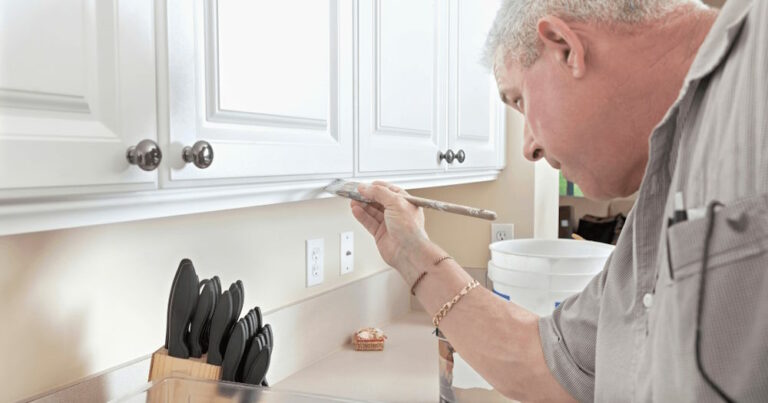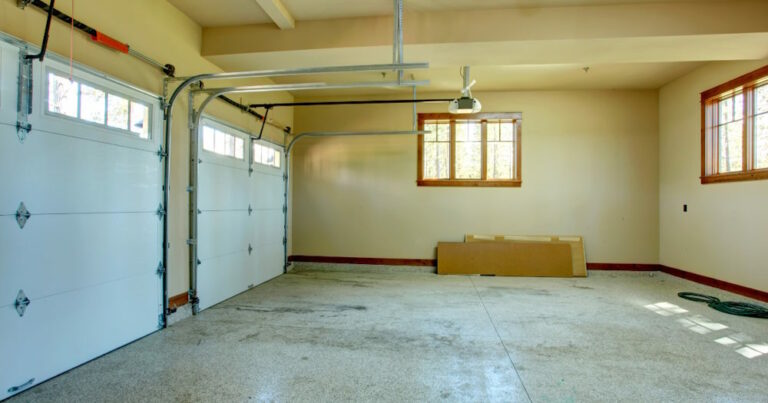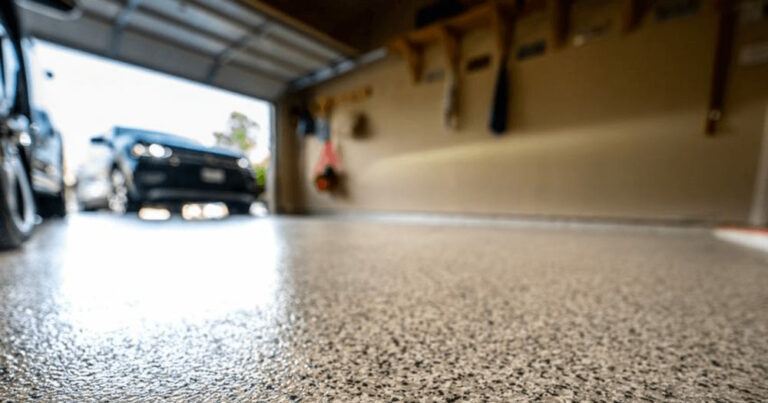Welcome to our guide on repainting kitchen cabinets. If you’re considering giving your kitchen a fresh new look, repainting your cabinets can be a great way to transform the space without the cost of new cabinets. But is it worth it? In this section, we’ll explore the pros and cons of repainting your kitchen cabinets to help you decide if it’s the right decision for you. We’ll cover the costs involved, the effort required, and the potential benefits of refreshing the look of your kitchen cabinets with a fresh coat of paint. So, let’s dive in and find out if repainting your kitchen cabinets is worth it!
Understanding the Process of Repainting Kitchen Cabinets
Repainting kitchen cabinets can give your kitchen a fresh new look without the expense of installing new cabinets. However, before diving into this DIY project, it’s important to understand the process of repainting kitchen cabinets.
Preparation Process
The preparation process is crucial to achieving a professional finish. It’s essential to remove cabinet doors and hardware carefully to avoid any damage. Clean and sand all surfaces, and apply a bonding primer specifically designed for kitchen cabinets.
Choosing the Right Paint
Latex paint is a popular choice for painting kitchen cabinets because it’s easy to clean up with soap and water. However, oil-based paint is durable and provides a smoother finish. It’s essential to choose the right paint that suits your needs and preferences.
Painting Techniques
The technique used to paint cabinets is just as crucial as the paint itself. Wipe down all surfaces with a tack cloth to remove any debris. Apply paint in thin coats using a synthetic bristle brush, moving in the direction of the wood grain. Use a paint sprayer for a smoother finish.
By understanding the process of repainting kitchen cabinets, you can achieve a beautiful and long-lasting finish that will transform the look of your kitchen.
Tips for Achieving a Professional Finish
Repainting your kitchen cabinets is an excellent way to achieve a fresh new look in your kitchen. However, to achieve a professional finish, there are some essential tips to follow:
1. Use Wood Filler To Repair Any Damages
Cabinet doors and frames may have some damage, such as dents and scratches. To avoid unsightly bumps and uneven paint finish, use wood filler to repair any damages. Before sanding, wait for it to dry and sand it down to achieve an even surface.
2. Select The Right Paint Type
Choosing the right paint type is crucial in achieving a professional finish. For example, oil-based paint dries slowly and is best suited for wood surfaces. On the other hand, acrylic enamel paint dries faster and is excellent for high-traffic areas like cabinet doors. It also has a durable finish that resists stains and scratches. Visit a paint store and seek advice from the professionals to select the right paint type for the cabinets.
3. Utilize a Paint Sprayer For a Smoother Finish
Using a paint sprayer instead of a brush and roller helps achieve a smoother finish that is more consistent than using a brush or roller. A sprayer will give cabinets a look that makes them appear professionally painted. This tool makes the job faster and more efficient as well.
4. Other Techniques To Ensure Cabinets Look Like They Were Painted By A Pro
Use a tack cloth to remove all dust and debris from cabinets before painting, follow a proper painting technique on paneled doors, start painting from the back of the cabinet door, and work towards the front, using angled brush bristles when painting the edges. Additionally, avoid putting too much paint to prevent drips and sagging. A consistent finish with multiple layers can also ensure a professional look. Follow all manufacturer’s instructions, let the cabinets dry completely before applying the next coat of paint and using mineral spirits to clean brushes.
By following these tips, you can ensure a professional-quality finish when painting your kitchen cabinets. Make sure to take the time to do it right and enjoy your freshly painted cabinets!
Essential Steps for a Successful Cabinet Repainting Project
Repainting kitchen cabinets can be a fun and rewarding project that can transform your kitchen without breaking the bank. Here are the essential steps to help you paint your kitchen cabinets like a pro:
Step 1: Clean and Sand Cabinets
Before painting your kitchen cabinets, you need to remove any dirt, grease, or existing finish. You can clean them using a mixture of warm water and mild detergent followed by light sanding with a 120-grit sandpaper to ensure a smooth surface. Then, use a damp rag to wipe away any dust or debris.
Step 2: Choose the Right Paint
Choosing the right paint for your kitchen cabinets is crucial to achieve the desired look and durability. Opt for a high-quality paint suitable for your cabinet material, such as latex for wood or metal. Consider a dark wood finish for a brighter and modern look.
Step 3: Apply Multiple Coats
Apply a high-quality primer first, followed by 2-3 coats of paint, allowing each coat to dry completely before applying the next one. You can use a synthetic bristle brush for paneled doors and a foam roller for the cabinet frame. Be sure to avoid overlapped areas to prevent drips.
Step 4: Let It Dry
After painting, let the cabinets dry completely for at least 24 hours before reassembling and using them. Ensure you follow the manufacturer’s instructions and use mineral spirits for oil-based paint or water for latex paint to clean your brushes and other painting tools.
Now that you know the essential steps to follow while painting your kitchen cabinets, you can transform your kitchen into a stylish and modern space. Remember, sanding, choosing the right paint, and applying multiple coats are the keys to achieving a consistent and durable finish.
Troubleshooting and Common Mistakes to Avoid
Repainting your kitchen cabinets can be a time-consuming process, but it can be satisfying when you’re met with a smooth and durable finish. However, achieving that finish can come with its set of challenges that are important to know how to address. In this section, we will help you troubleshoot common issues that may arise when repainting your cabinets so that your kitchen cabinets can look like new.
Proper Sanding for a Smooth Finish
One of the most critical steps is sanding your cabinets thoroughly. Neglecting to sand your cabinets properly can result in a poor, unfinished paint job. Before starting to paint, ensure that all flat surfaces are clean, lightly sanded, and free of blemishes. If there are any imperfections in the drawer fronts or cabinet doors, use wood putty to fill in the gaps before sanding.
Using the Right Primer and Paint Finish
Another common mistake is not using an appropriate primer. Using a specialized primer ensures that the paint adheres to the cabinets properly, resulting in a long-lasting paint job. Choosing a durable and washable paint finish will also ensure that your cabinets look great for years to come.
Protect Surfaces and Fixed Appliances
Protecting surroundings or fixed appliances is essential when painting kitchen cabinets. Always use painter’s tape to protect surfaces that are not to be painted and spread a drop cloth to protect your floors. Additionally, cover fixed appliances with plastic wrap to avoid paint splatters.
Post-Paint Cleanup
When the cabinets are dry, use a damp rag to clean the surfaces, making sure there are no paint chips or dust that can ruin the final look.
By avoiding common mistakes and using proper techniques for cabinet painting, your kitchen cabinets will look just like new. If you’re not confident in your ability to complete this task, consider hiring a professional painter to do the job for you.
Conclusion
When repainting kitchen cabinets, it’s important to follow the manufacturer’s instructions and take your time to achieve the best results. If you’re starting with new cabinets, make sure to clean and dry the surfaces thoroughly before beginning any painting. Applying multiple layers of paint will help you achieve a consistent finish.
In a recent article, Architectural Digest recommended using a liquid deglosser to remove any old paint or finish, followed by a coat of primer to prevent drips. After letting the primer dry completely, you can begin painting. When selecting the right paint, consider using an oil-based or latex paint for a durable finish that won’t chip or peel.
Before painting, make sure to remove the cabinet doors and drawers, and label them for easy reassembly. Use a brush and roller to apply the paint in thin, even coats, and allow each coat to dry completely before adding the next.
While repainting kitchen cabinets can be time-consuming, the end result is worth it. With a fresh coat of new paint, your cabinets can look like new again. Just be sure to take the necessary steps to achieve a smooth, consistent finish, such as using mineral spirits to clean the surfaces and prevent any bumps or bubbles from forming.
Whether you’re painting new cabinets or giving old ones a new lease on life, following these tips and tricks will help you achieve a professional finish that you’ll be proud to show off in your kitchen.





